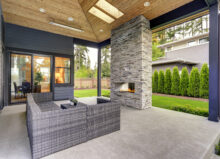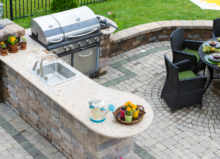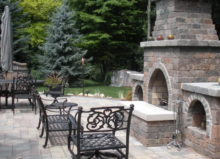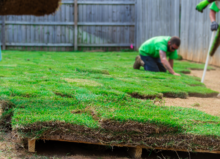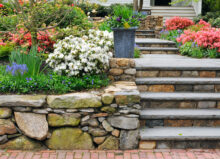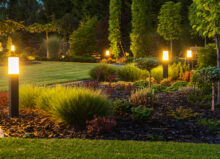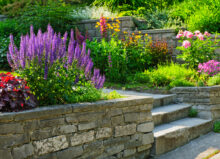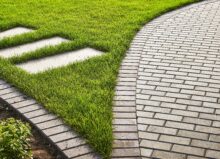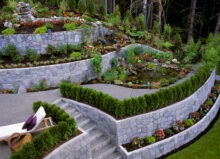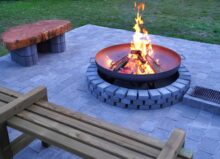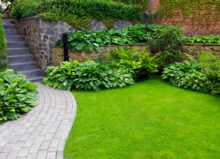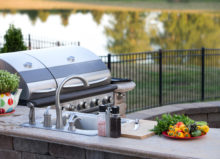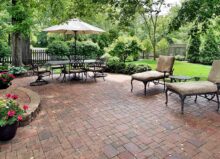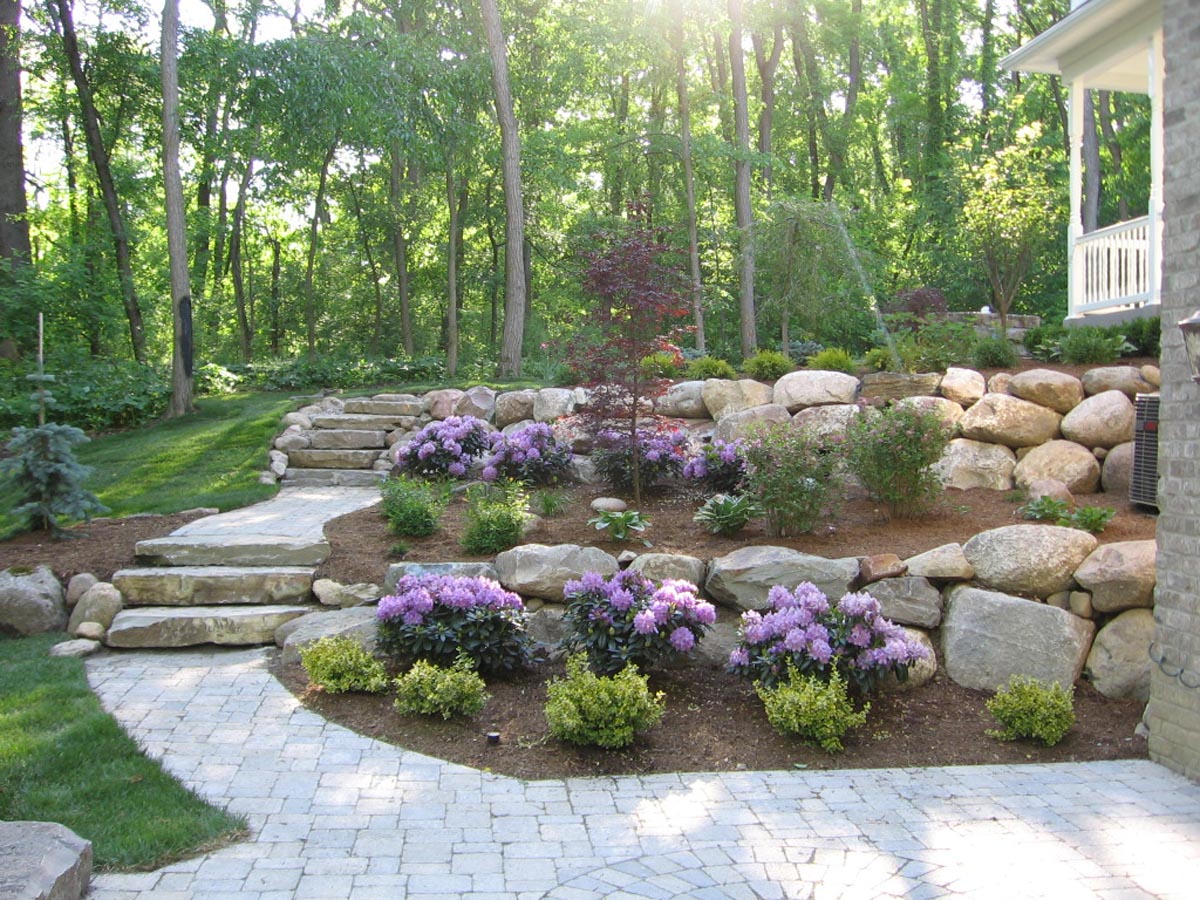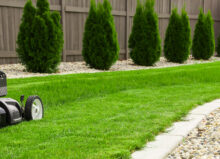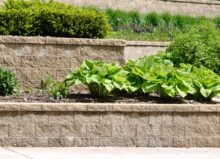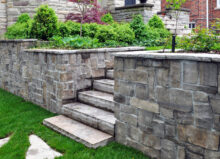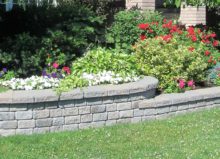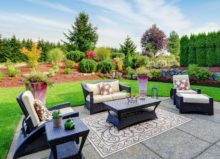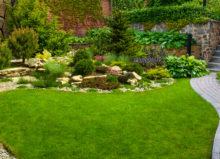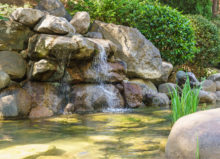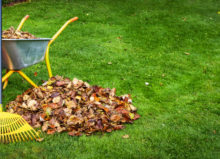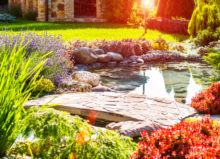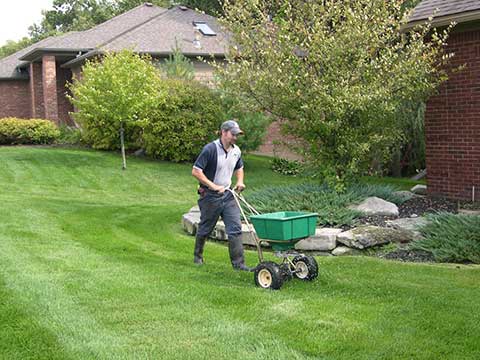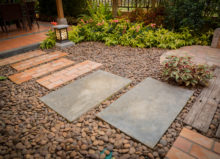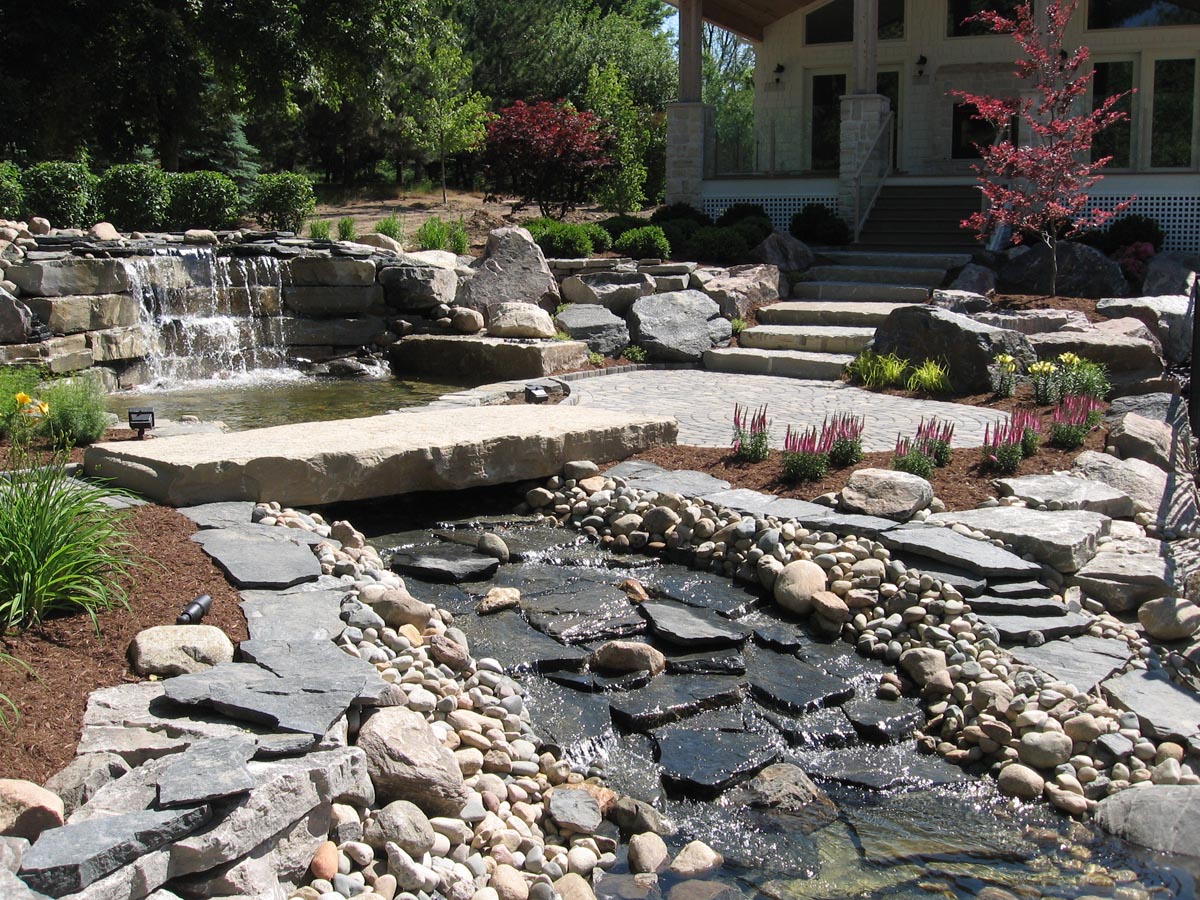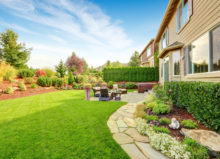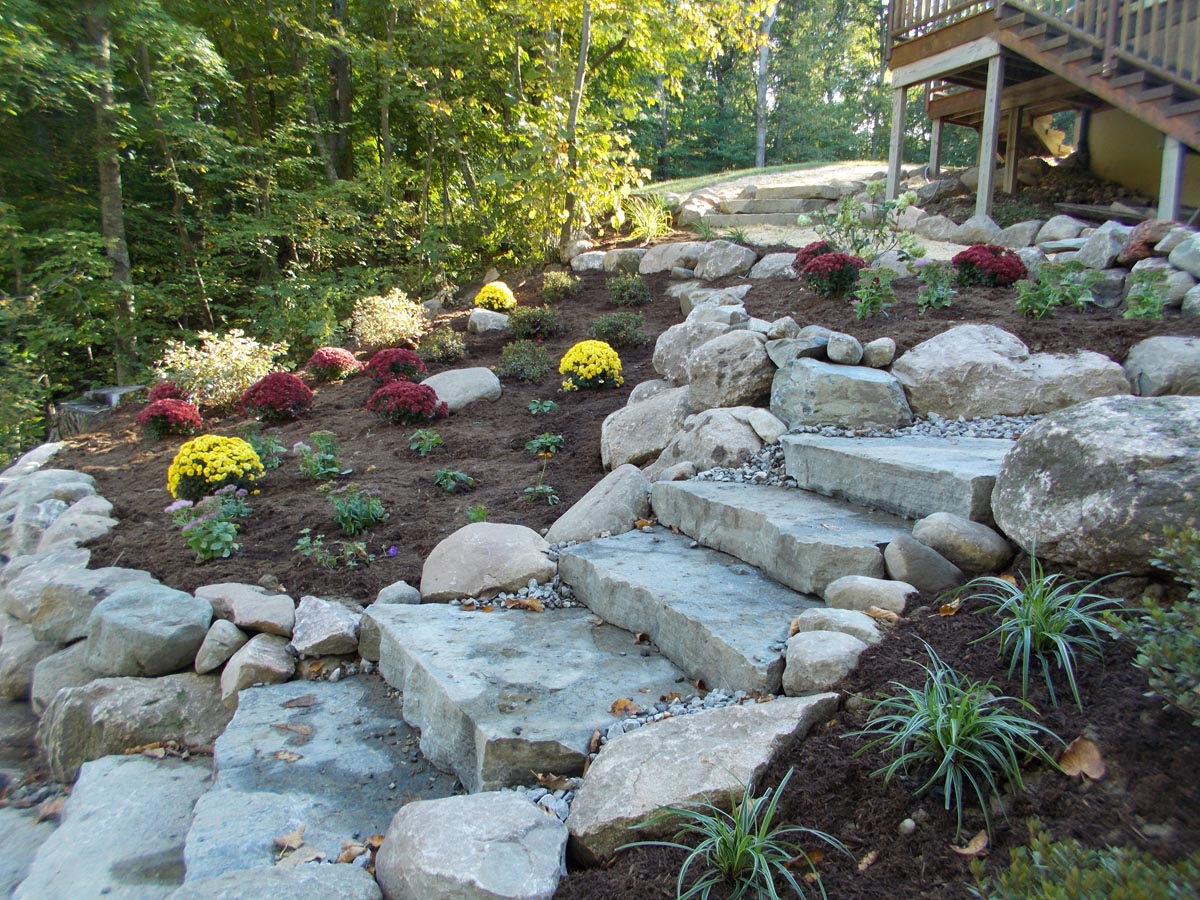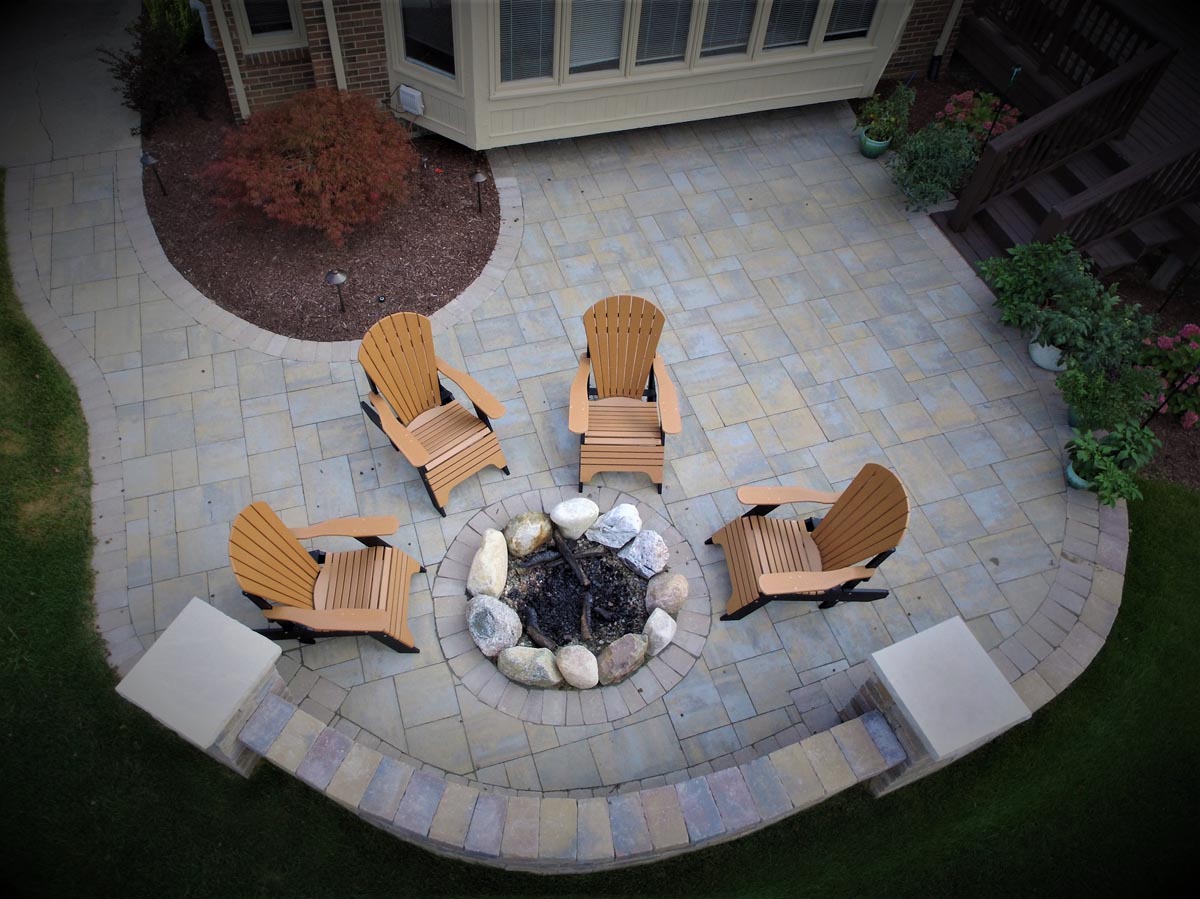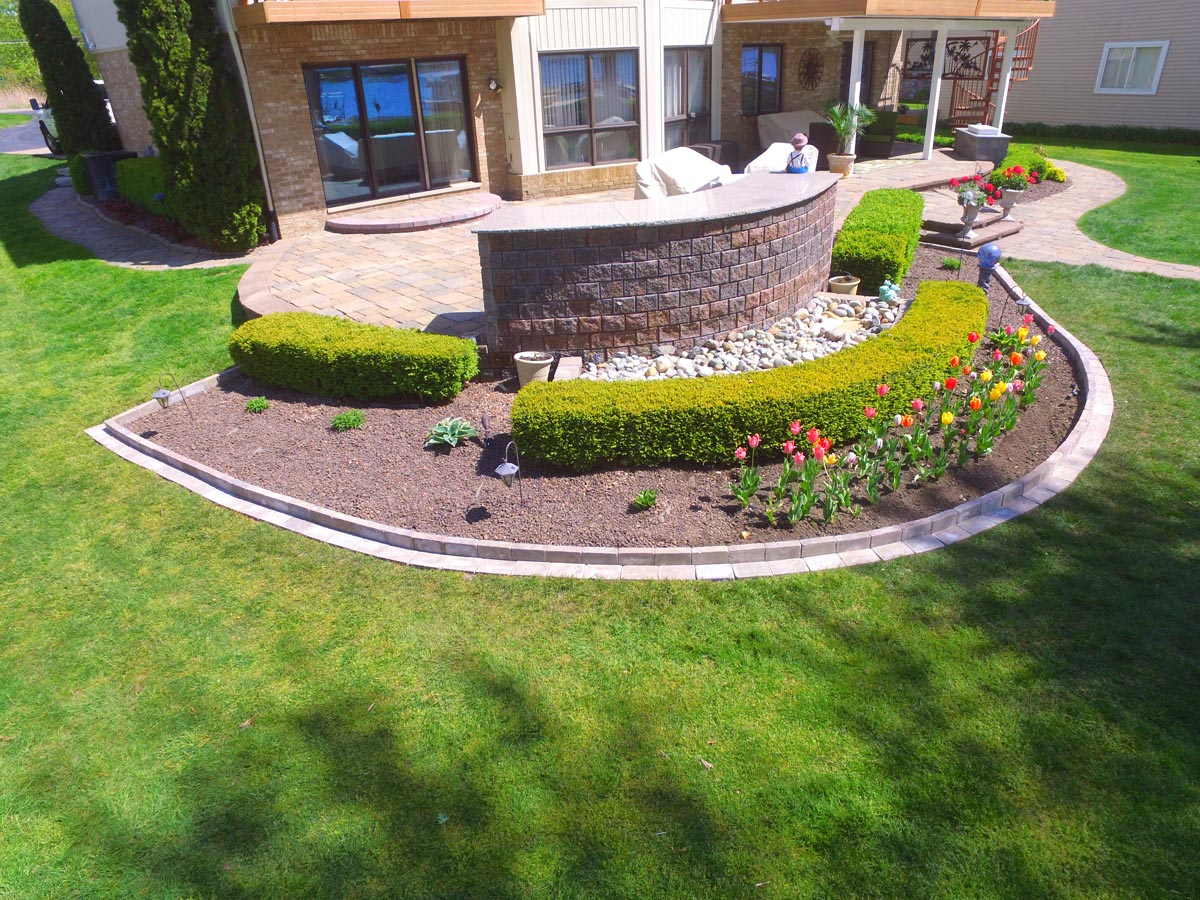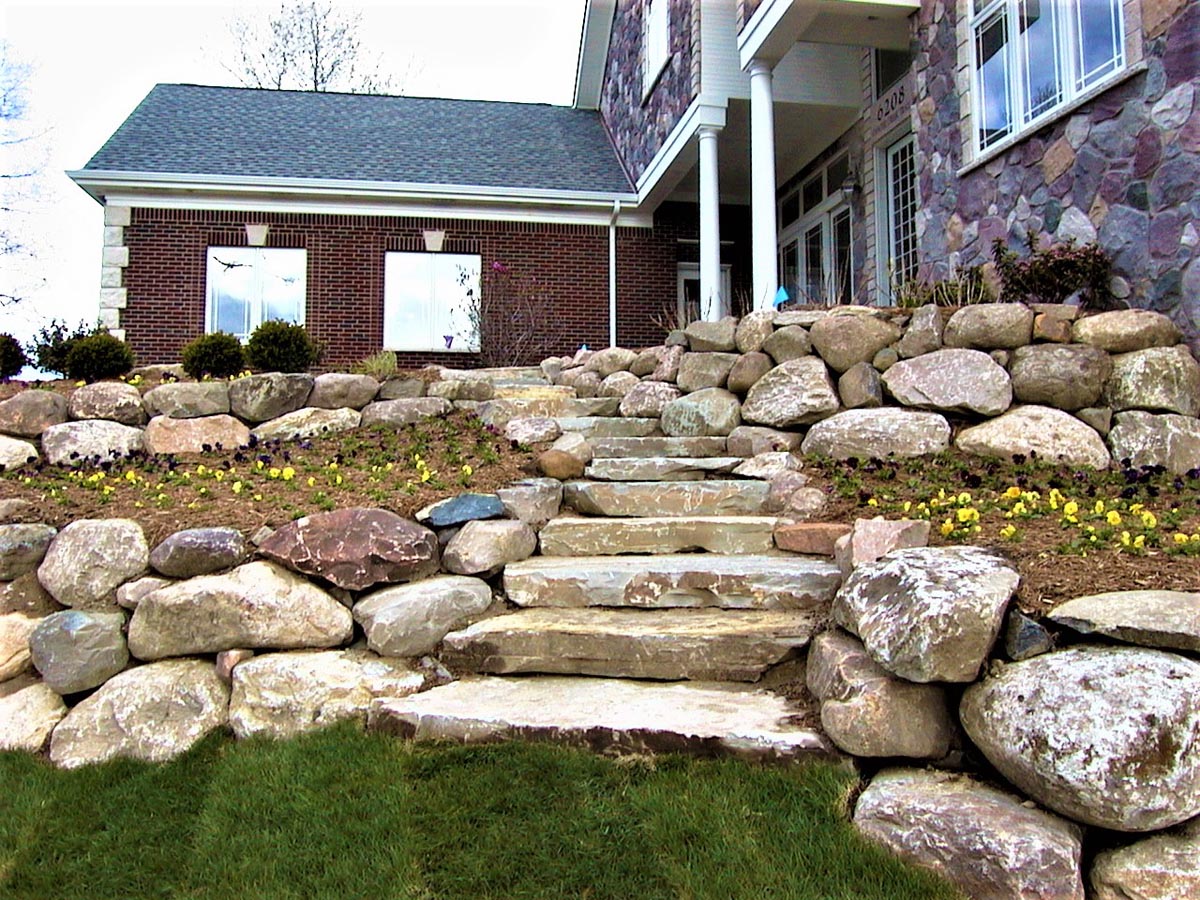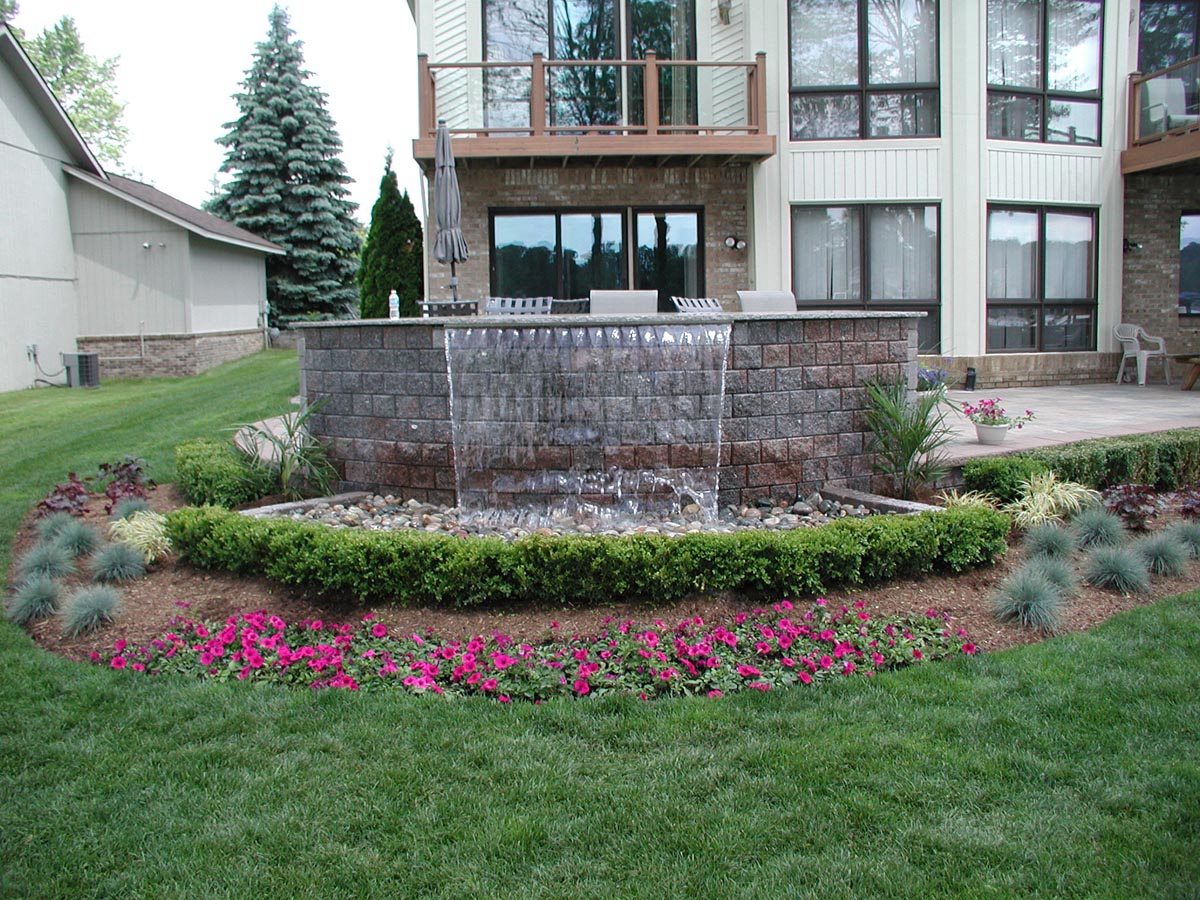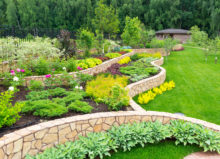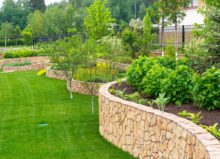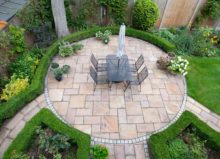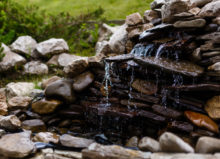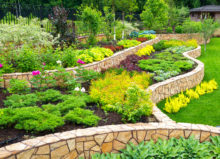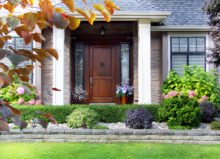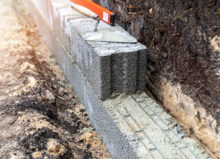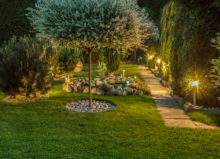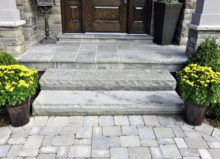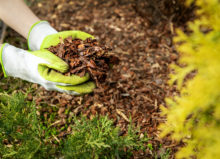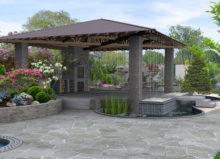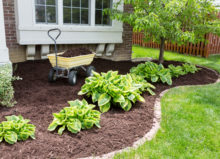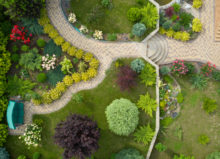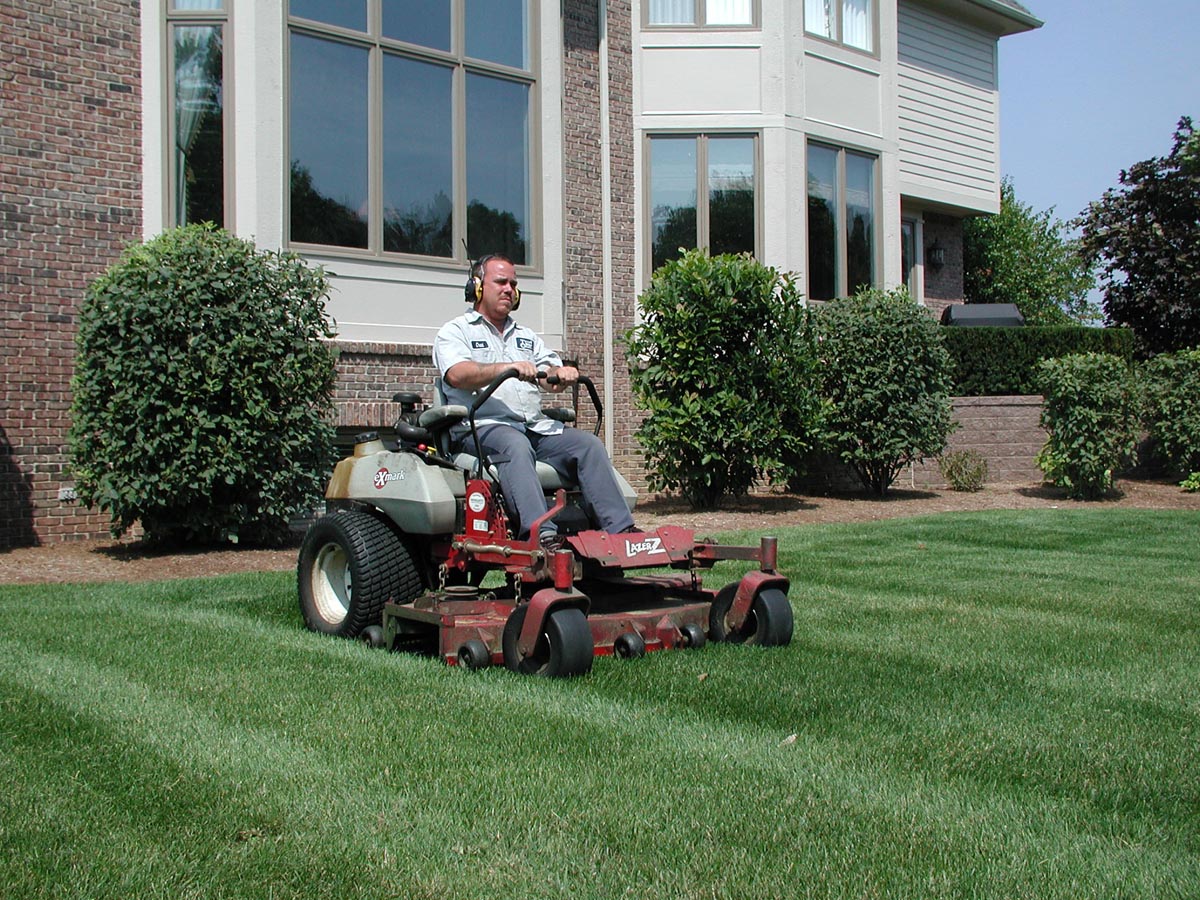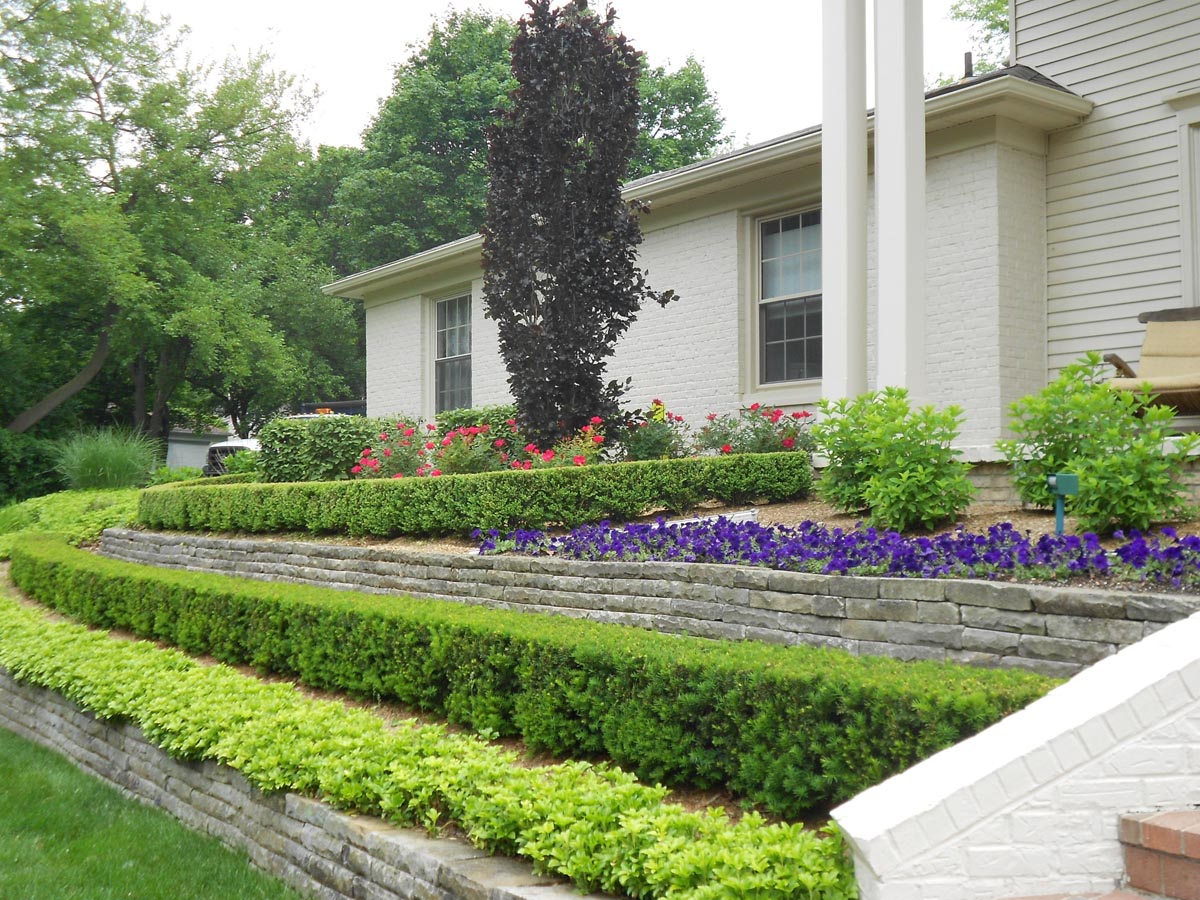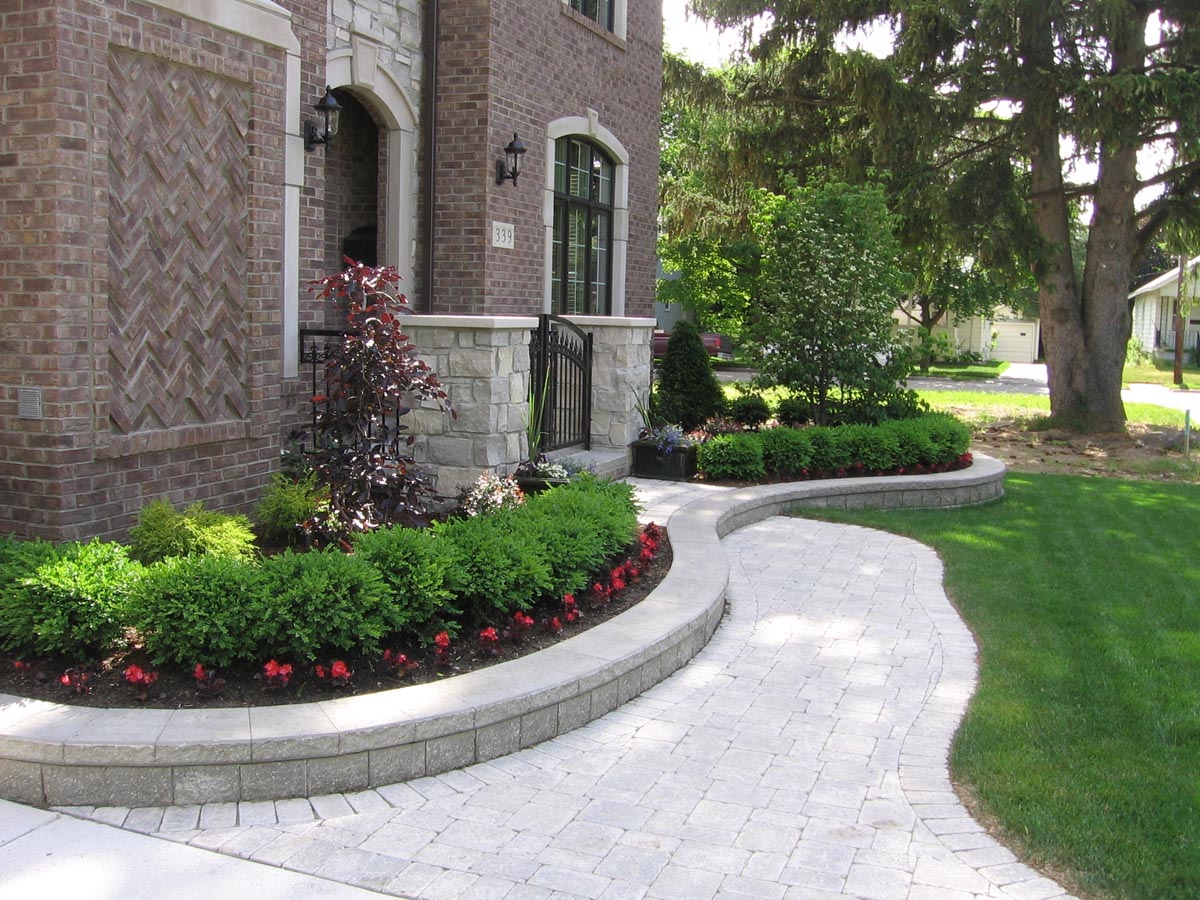Redesigning Your Retaining Wall
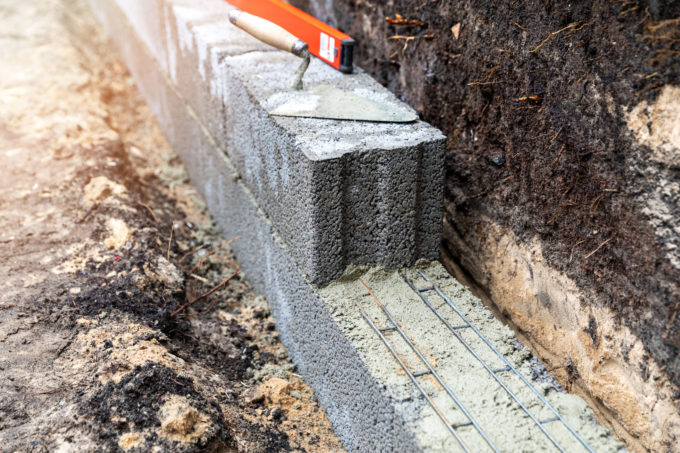
Retaining walls are a great way to stabilize your yard and improve your livable space. However, coming up with great retaining wall ideas can be a difficult process. If you’re curious about what’s involved in the design process for retaining walls, keep reading this article. In it, we’ll talk about some of the different factors you need to consider when planning this type of project.
Let’s start first by addressing the biggest question: do you even need a retaining wall?
Do You Need a Retaining Wall?
A retaining wall is a structure that evens out the slope of your yard. It is also used to prevent downhill soil erosion and manage water runoff. If your yard has a dangerous slope, or if your home’s foundation is threatened by the slope of your property, you may want to consider a retaining wall.
If you already have a retaining wall, redesigning or replacing it can help improve its appearance, resolve tree root issues, fix structural or materials issues, and improve drainage.
Now that you have a better understanding of why you would need a retaining wall, let’s compare the two main types of materials that retaining walls can be constructed from.
Stone Versus Concrete
When you’re transforming your retaining wall ideas into a practical design, first consider the type of material you want the retaining wall to be made out of. When choosing materials, you will need to consider your budget, any aesthetic preferences, and the overall size of the retaining wall that you will be installing.
Stone
Natural stone not only looks beautiful, but also doesn’t require special mortar or adhesive to stay in place. On the downside, it can be expensive to install due to the labor-intensive installation process. Stone walls can also have drainage issues form over time. Lastly, stone retaining walls should never be large or tall.
Concrete
Concrete retaining walls work well up to four feet tall. If they’re any taller, additional engineering may be needed. They’re inexpensive, very easy to install, and come in a large range of colors and textures. However, compared to stone, concrete can be more expensive.
Integrating Landscaping
Although the purpose of a retaining wall isn’t necessarily aesthetic, that doesn’t mean that it can’t naturally fit into your existing landscape. In fact, integrating your retaining wall into your existing landscape is a great way to create a safe and natural boundary. Additionally, planting shrubs and flowers near the top edge of your retaining wall makes it easier to avoid accidents. The roots from the shrubs and flowers will help stabilize the soil behind the retaining wall, making it more stable and secure.
You could also add landscaping transitions at the base of the wall, in the form of smaller flowers, bushes, or climbing vines. However, be careful with your selection of vines, as many of them can be invasive, taking over your yard without regular trimming and weeding. Gravel, river rock, or mulch can be used to keep weeds at bay around your plantings, making it much easier to maintain over time.
Have Questions? Contact Design One Today!
If you’re looking for superior landscaping options in Michigan, end your search with Design One. We’re a trusted commercial and residential landscaping company specializing in a wide array of services, including retaining wall installations. If you already have ideas for a retaining wall, please contact us today to request a free, no-obligation estimate. We’d be happy to make your home or business look amazing!

